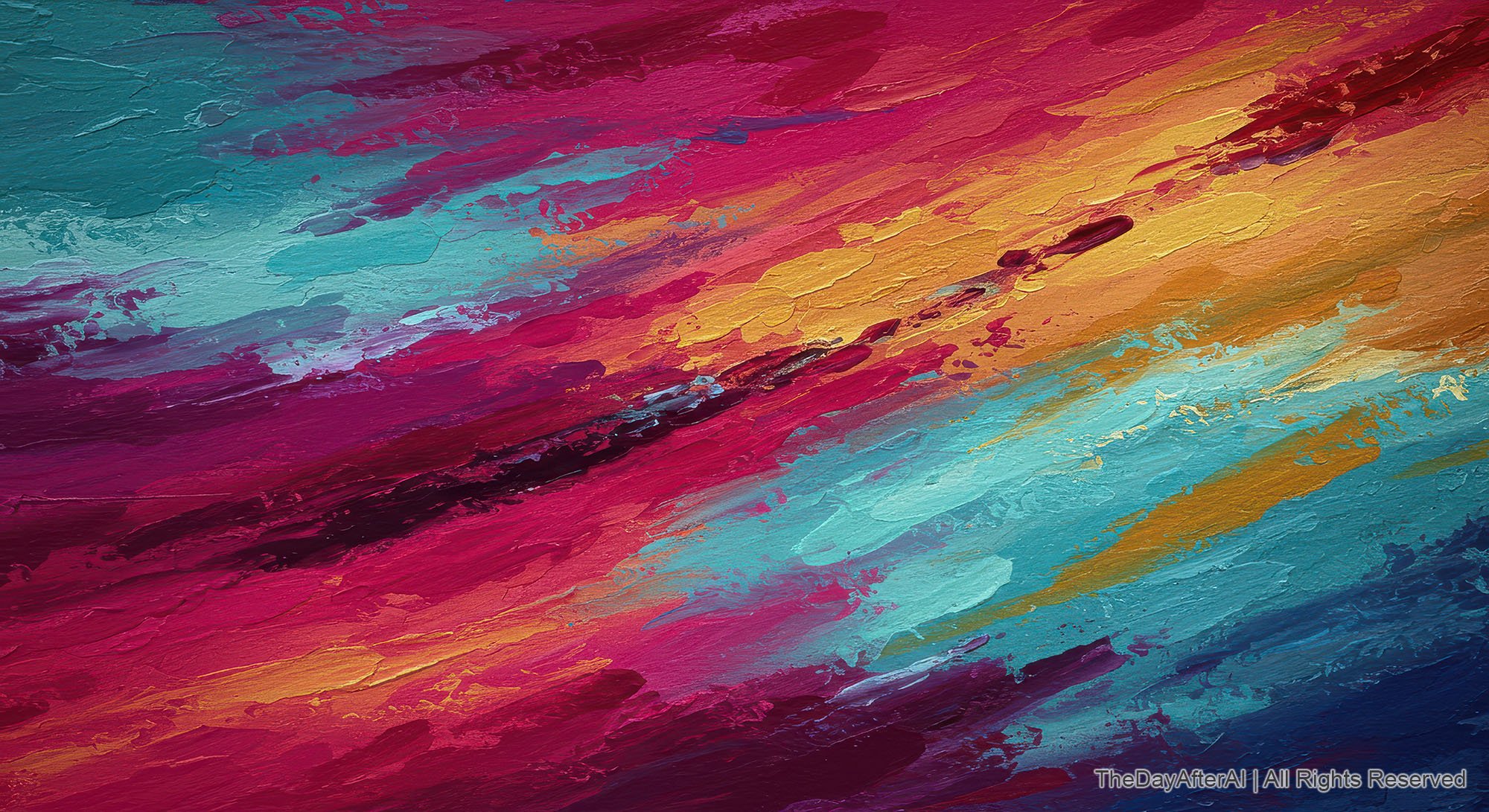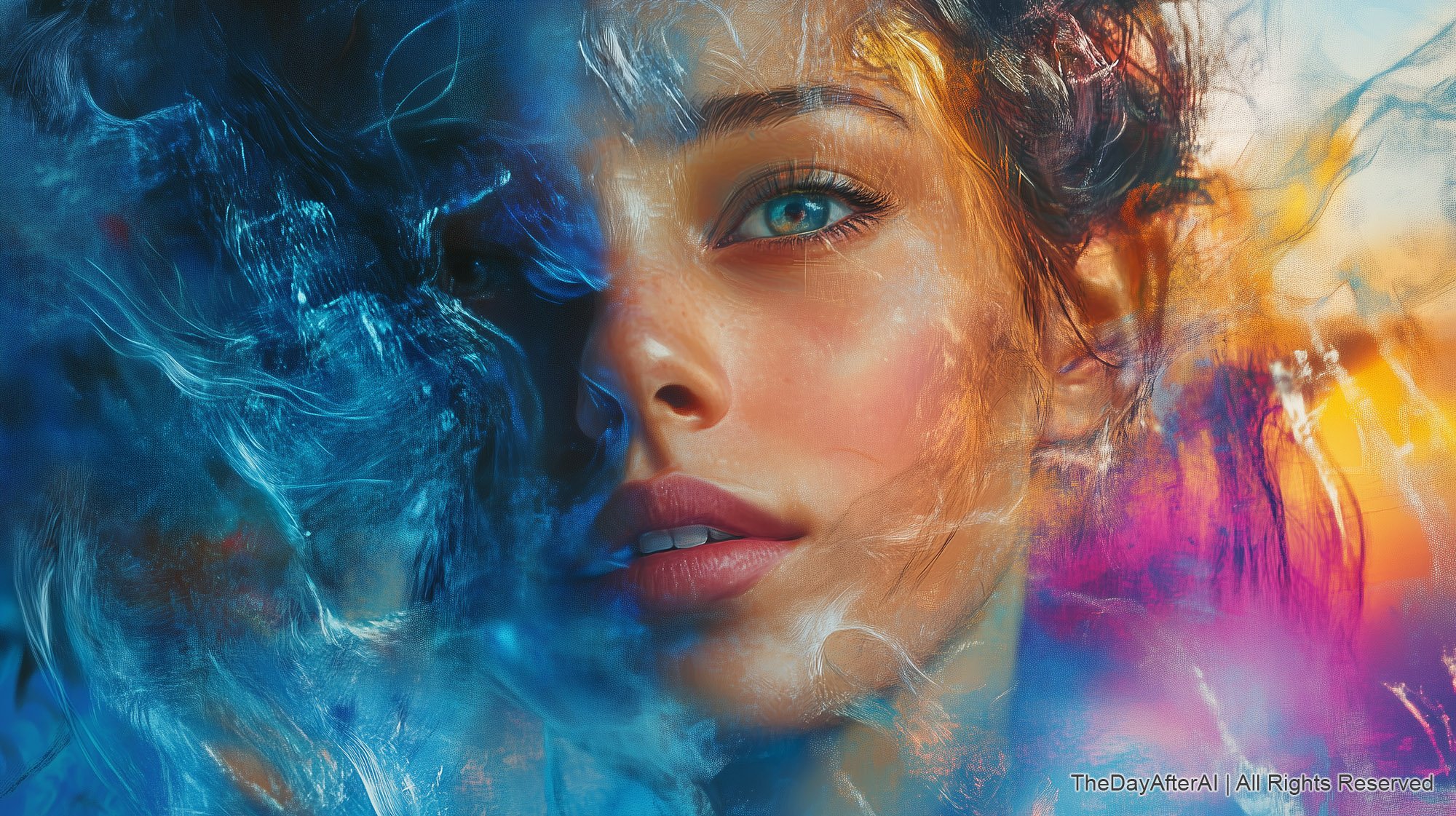Google Ads Introduces AI-Generated People and Faces for Performance Max & Display Campaigns
Image Source: Google Blog
Google has unveiled a significant enhancement to its generative AI capabilities within Google Ads, allowing advertisers to generate images featuring adult people and faces across Performance Max, Demand Gen, Display, and Apps campaigns. With the assistance of its AI model, Imagen 3, Google Ads now enables advertisers to generate human-centered lifestyle images using text prompts.
[Read More: Google Pixel 8a: Best Budget AI Smartphone for $399 with 7-Year Software Support]
How It Works
Advertisers can use simple or detailed prompts to create AI-generated images of adult people in various contexts. For example, a cooking class instructor can prompt the system with “person cooking” or refine it further with descriptions such as “middle-aged man chopping carrots”. Users have the flexibility to generate multiple variations, customize further with demographic attributes, and hide any unsatisfactory images while providing feedback to refine Google’s AI.
[Read More: AI Giants Merge: Google’s Strategic Acquisition of Character.AI’s Minds and Models]
Built-In Safeguards and Limitations
To address potential ethical concerns and ensure compliance with its policies, Google has implemented strict safeguards:
Deepfake Prevention: AI-generated images cannot feature prominent figures such as politicians and celebrities.
No Branded Product Imagery: Advertisers cannot generate images of specific brand-name products to prevent misuse.
Protection of Minors: The tool does not allow the generation of images of children or minors.
Prohibition of Sensitive Content: Explicit or inappropriate content is restricted.
Transparency with SynthID: Every AI-generated image is embedded with Google’s SynthID watermarking technology to maintain transparency and accountability.
[Read More: Elon Musk’s Grok-2 Unrestricted Political Imagery - A Double-Edged Sword?]
New Features Enhancing Advertiser Creativity
In addition to AI-generated people images, Google Ads has introduced new features to enhance creative asset optimization:
Asset-Audience Recommendations: Google now provides advertisers with insights into which visual elements resonate best with their audience. For instance, travel companies may find that images featuring themes like “nature”, “sun”, and “ocean” generate higher engagement. This data-driven approach enables brands to refine their ad creatives based on proven audience preferences.
Asset Testing for Performance Max Campaigns: A new beta program allows advertisers to test the impact of incorporating creative assets into their Performance Max campaigns, particularly those that primarily rely on product feeds. This experiment helps assess whether the addition of AI-generated text, image, and video assets improves campaign performance compared to configurations with no additional creative assets.
[Read More: AI Image Generation in 2024: A Year of Refinement Amidst the Rise of Video Generation]
The Benefits: Efficiency and Personalization
Google’s AI-powered enhancements offer notable advantages:
Faster Content Production: Advertisers no longer need to source or manually create every image, reducing the time required to launch campaigns.
Customization at Scale: AI-generated visuals can be tailored to specific audience demographics, enhancing relevance.
Consistent Quality Control: Google’s safeguards help ensure compliance with its advertising policies, reducing risks associated with misleading or inappropriate content.
Performance Optimization: Features like asset-audience recommendations provide data-backed suggestions, enabling brands to refine their creative strategies for better engagement.
[Read More: AI Image Stirs Social Media Storm!]
The Risks: Ethical Concerns and Dependence on AI
Despite the benefits, Google’s AI-generated advertising tools also raise important concerns:
Risk of Bias: The AI’s ability to generate images based on prompts including age, gender, race, and nationality could lead to inadvertent stereotyping or exclusion.
Over-Reliance on AI: While automation speeds up the creative process, excessive dependence on AI-generated visuals may reduce originality and brand identity in advertising.
Transparency and Trust Issues: Although Google’s SynthID aims to ensure transparency, concerns remain about the authenticity of AI-generated visuals in advertising.
Limited Creative Control: Advertisers may find that AI-generated images do not fully align with their brand’s unique vision, requiring manual refinements.
[Read More: Can You Use AI-Generated Images for Commercial Use? Or Just Personal Use?]
Source: Google Blog











